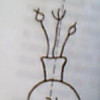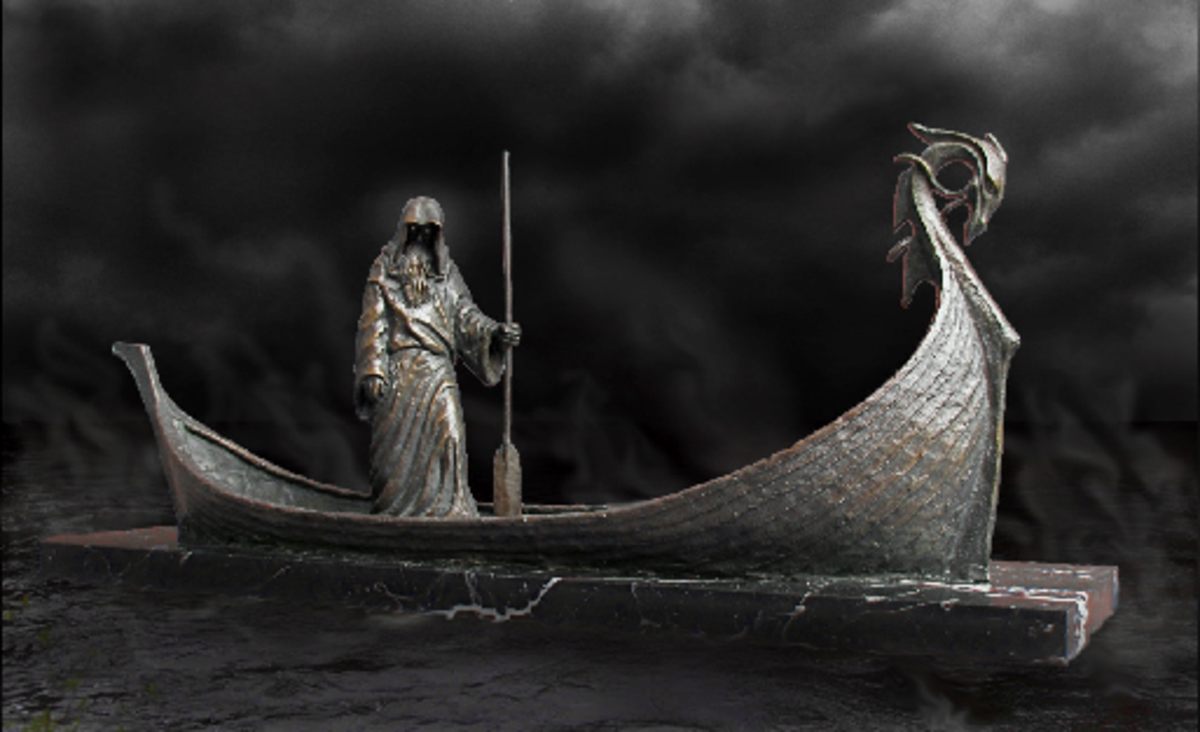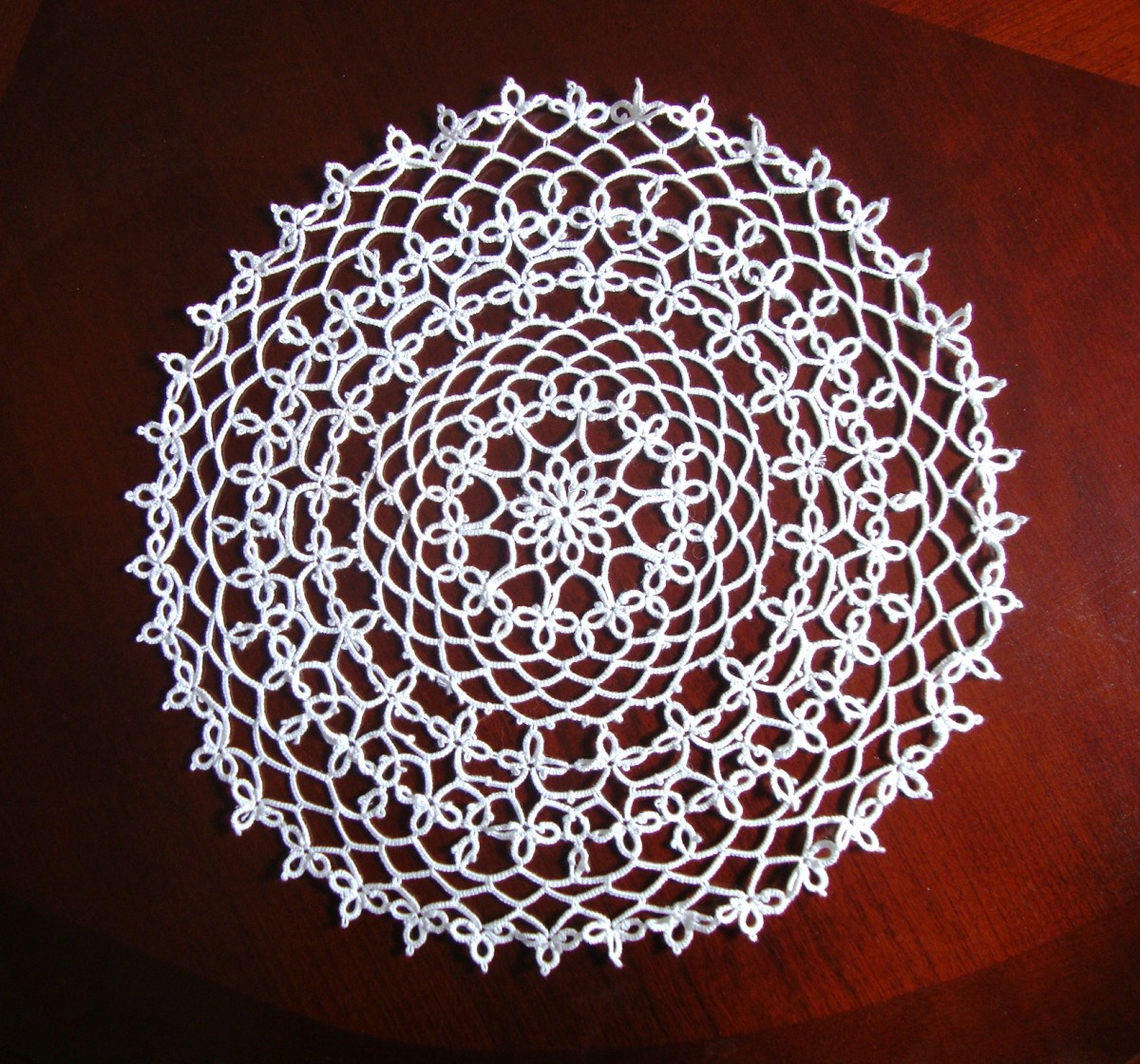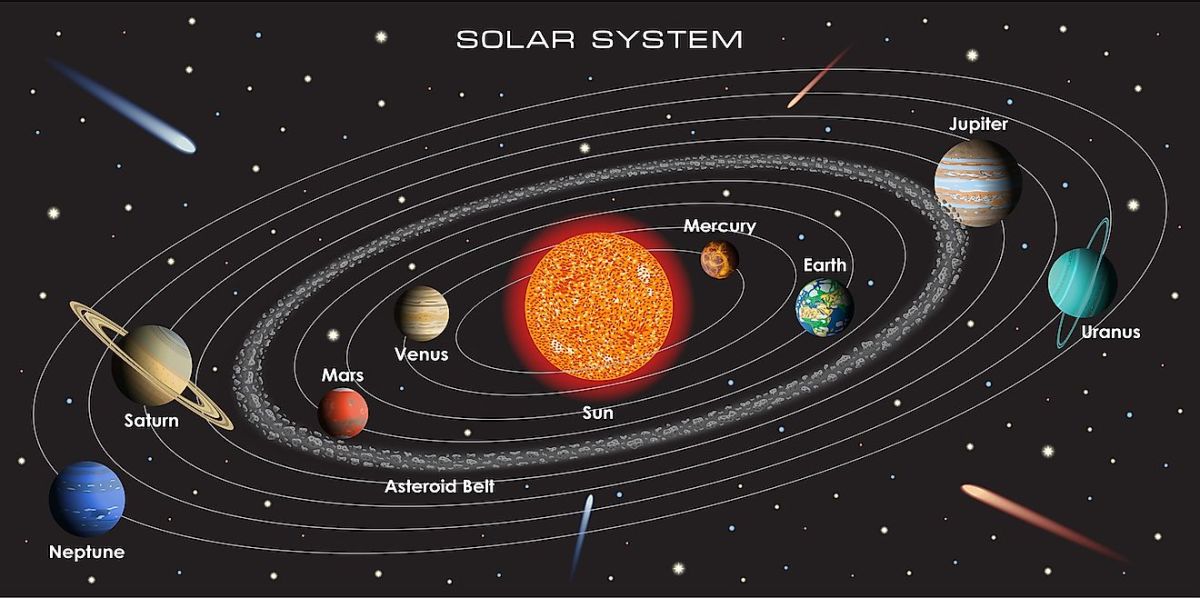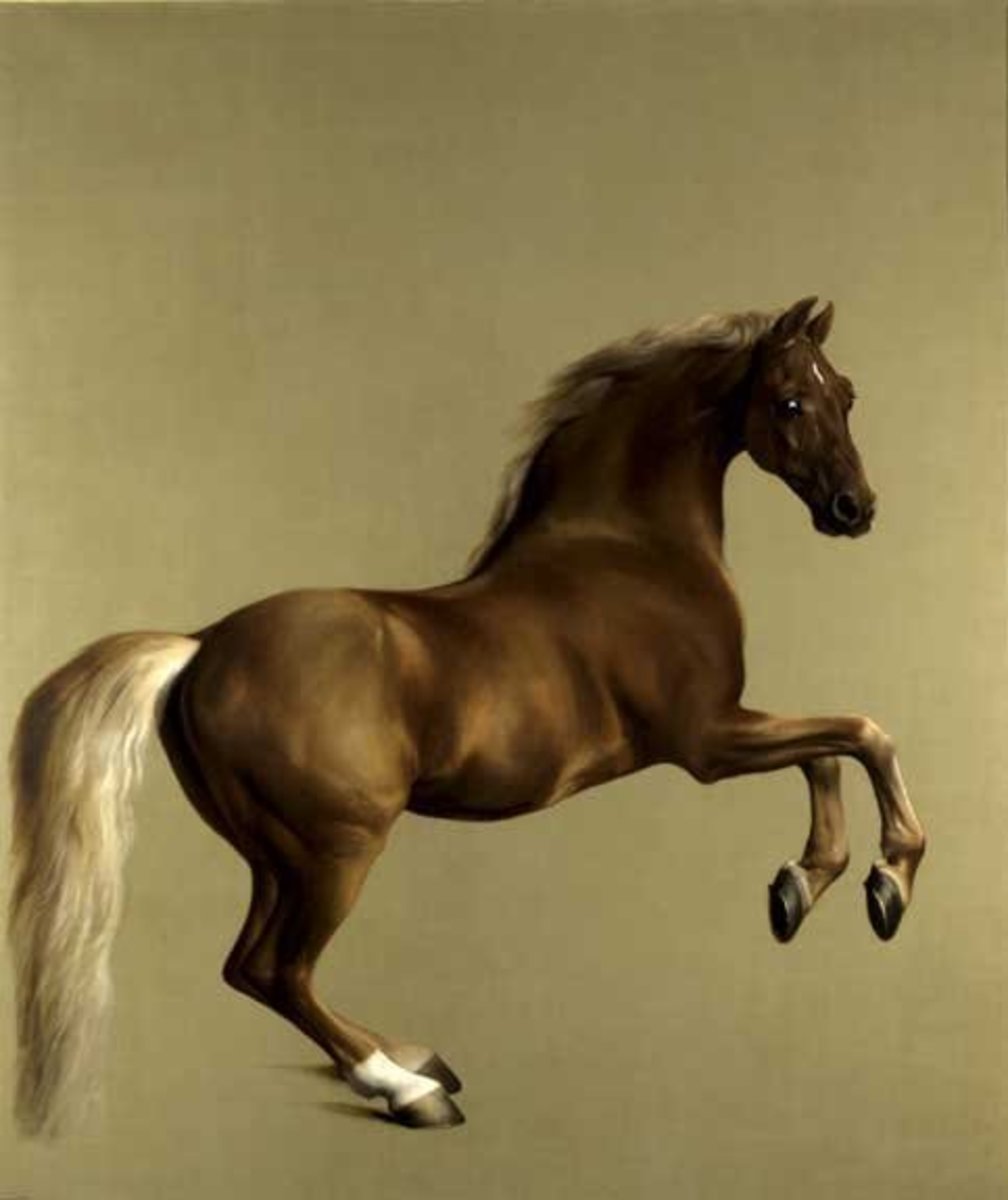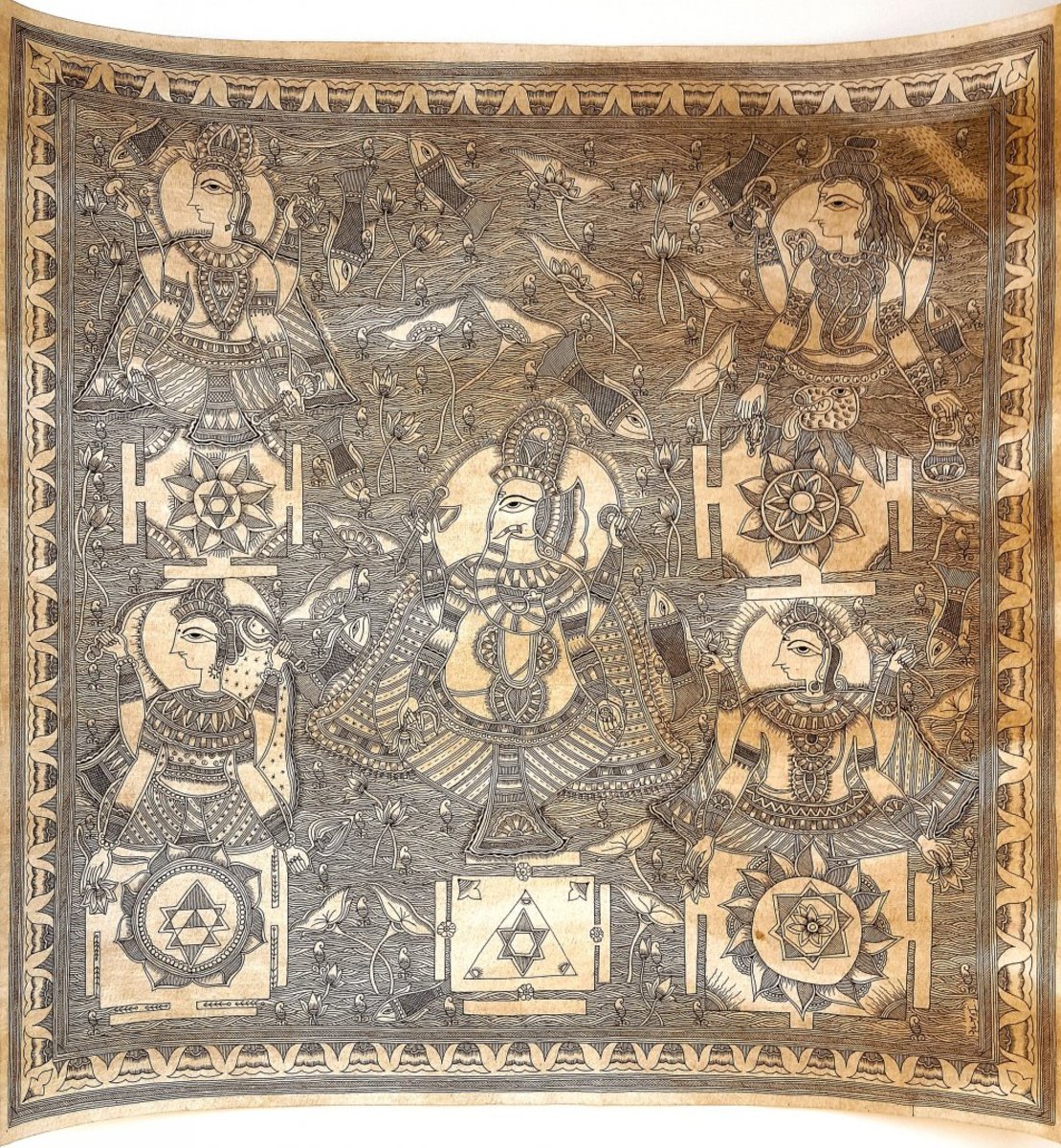Canon of Ancient Art
Canons of Ancient Art in Relation to Cosmos
Up until a very recent time period, issues related to the symbolic and semantic problems were considered taboo in the history of arts. Lately, however, many published works describe the connection between cosmos and mankind and its activity. This theme has been well researched and developed in art, especially in the ancient art forms.
Outer space and its components – moon, sun and the stars – have long been recognized as the main elements of the universe; these celestial entities were the first ones to become objects of artistic expression. The majority of artists are attracted by the nocturnal celestial body, a "living body", constantly changing from a crescent-shaped to a full moon. Research shows that the moon cannot produce any light of its own and is lit by the rays of the sun. When a new moon is born, it is situated between the Earth and the Sun; at this point, a number of mountain ridges is clearly seen. It resembles a human figure lifting a tiger-like animal on a forked implement. Our interest lies in the posture of that human figure. It strongly resembles people depicted on the ancient Egyptian steles and reliefs.
For many thousands of years, the Moon was seen by people from one and the same angle, i.e., only one side of the Moon faced the Earth. Humankind felt enchanted and overcome by the celestial bodies, which led to their worship of the Moon, Sun and the stars. The canons of the ancient art reflect that worshipping of the celestial bodies. The astral and zoomorphic shapes were used quite frequently in the art of ancient jewelers.
Previously prohibited science of astrology eventually gained an important place in science. Man, as an element of the biosphere or cosmos, is also a part of the entire universe. L.Gumilev in his book” Ethnogenesis and the Earth's biosphere”, along with Vernadsky and others argues that it is necessary to study history and history of arts and culture in combination with other sciences, such as biology, geography, and other life sciences.
For instance, pharaoh Narmer’s plate, made out of black-green slate (CairoMuseum), is not only an object of art, but also a highly valuable document of ancient Egypt dated 3000 year BC. It was created to celebrate the king’s decision to unite the Upper and Lower Egypt into one kingdom. It depicts the pharaoh in the same style as the “man in the Moon.” It must be noted that this is the first canonical Egyptian depiction of a human being: the head is shown enface, the lower part at a three quarter angle, the legs in profile. Only Pharaoh, the God’s messenger on Earth, had the right to be depicted in such a tradition. The hair was probably also arranged according to a tradition and is similar to the image of the Man in the Moon.
For example, similar hairdos can be seen on “The Feasting Ptahhotep” of the Saqqara burial (middle of the III century BC), or on Osiris from the pole frescos of the tomb of Amenhotep II in the Thebes Necropolis (middle of the XVIII dyn. XV century BC). There are plenty of additional examples.
In the famous Swiss psychologist Carl Jung’s study of archetypes of the collective unconscious, we see the following statements: “All the mythologized processes of nature, such as summer and winter, the phases of the moon, the rainy seasons, and so forth, are in no sense allegories of these objective occurrences; rather they are symbolic expressions of the inner, unconscious drama of the psyche which becomes accessible to man's consciousness by way of projection-that is, mirrored in the events of nature.” ("Archetypes of the Collective Unconscious" (1935). In CW 9, Part I: The Archetypes and the Collective Unconscious. P.7) Transportation of an image seen on the illuminated surface of the moon into works of art serves as an example of human materialization of mental and spiritual experience.
Perhaps the idea in general is quite controversial; however, consider the role of astrologers in the government system, where any activity on Earth was supposed to be dictated by the cosmic state. Unquestioningly, art would be governed by the same laws: implementation of art images, plots and depictions would have to correspond to the cosmic rules.
This paper is merely an attempt to chip at a rather complex problem. However, we hope that a new perspective will allow a deeper insight into the process of artistic creativity, the psychology of the artist and his sense of the world.
